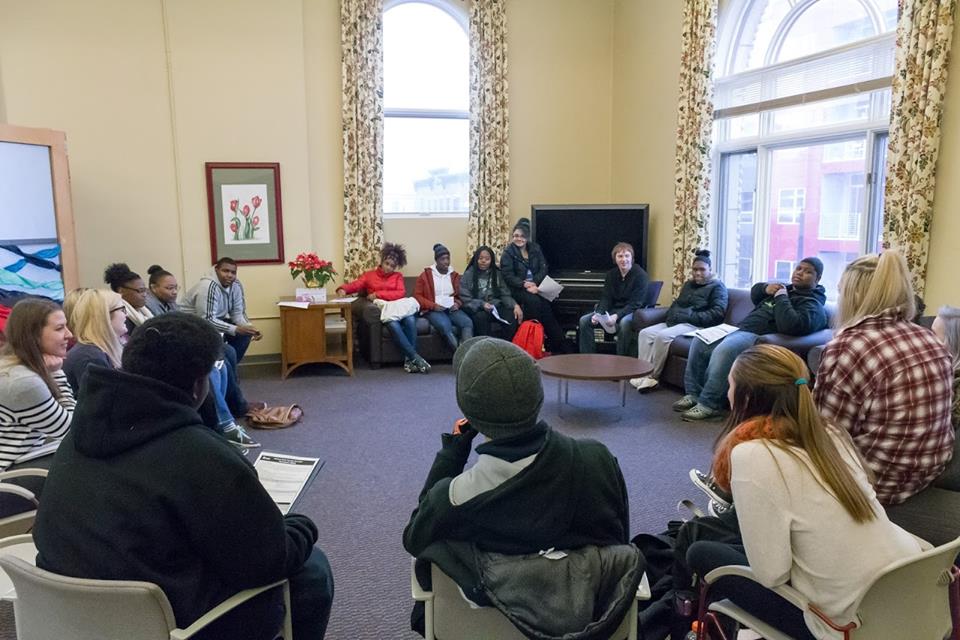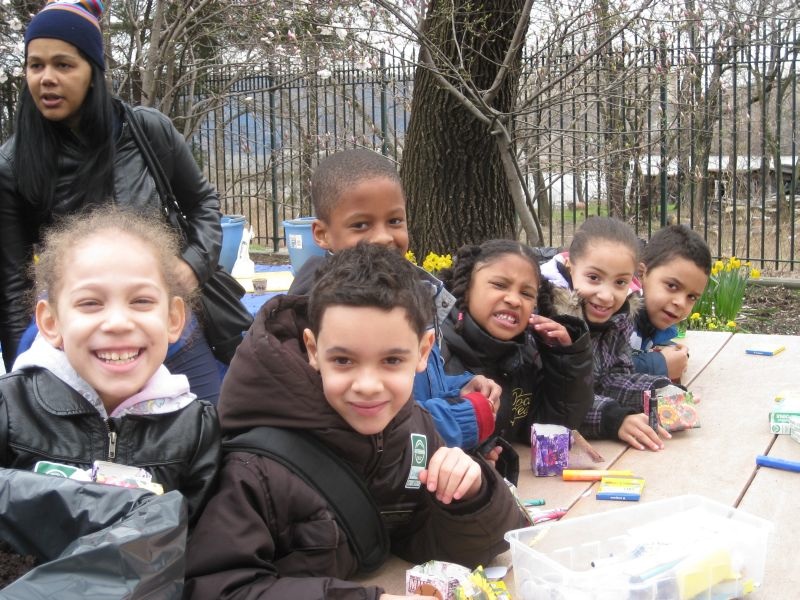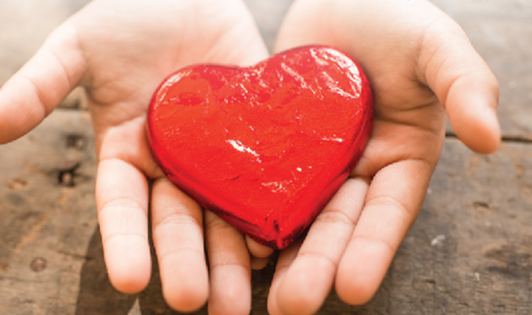Learning to Give Is Constructivist Learning
Why is Learning to Give an effective methodology in all subjects? As youth learn through giving that their voice matters in their community, they are constructing their role in the world. As educators, we see teaching pedagogy trends come and go, and we follow the research, try new techniques, and embrace what works. What works for you? What are the trends that you have embraced? These are the things you have tried, questioned, tested, evaluated, and expanded – you used constructivist learning to improve your teaching.
The constructivist educational theories that put student action, exploration, and questioning on the front end of a problem started with Vygotsky and Dewey and are the basis of STEM, service-learning, hands-on math, process writing, whole language, and other strategies over the years. These are strategies and tools that work for kids because engagement of the whole child starts with curiosity and action. We learn from questioning. We learn from trial and mistakes. We learn when we are interested in the context. We learn when we are in relationship with people we trust and with whom we feel safe to explore and test our ideas. We also learn because giving and making a difference make us feel happy and successful. These are all elements of Learning to Give.
This recent article, Six Thinking Scaffolds That Can Move Students Toward Deeper Levels of Understanding, focuses on the elements of constructivist learning that move learners toward deeper understanding. While reading the article, note the ways this scaffolded movement toward expertise relates to teaching young people the skills, knowledge, and action of giving and civic engagement. Below are the six steps from the article in relationship to the guidance and tools found on the Learning to Give website.
Step One: “Prompt students to include context”
Have you ever held a canned food drive at school and had to bribe students to bring in food with contests? We’d like them to feel excited to help in this worthy service experience, but we often leave off the important element of context. Learning to Give lessons can help you first teach your students about the science of nutrition, statistics about food insecurity, history and causes of poverty and hunger, narratives from other classroom projects, and a vision of what a well-nourished community could look like. Putting the food drive in context includes identifying the need for addressing hunger and exploring and testing their own solutions in the real world. Rather than a project coming as a directive from above, knowledge of the context and questioning will drive their problem-solving and solutions.Step Two: “Ask open-ended questions”
You may know that sending canned goods to Africa isn’t really a viable option in your students’ vision of addressing world hunger, but instead of shutting down the idea, you can ask questions that put the step-by-step decisions in their control. Probe them to tell you more, find out more, and to try things on a small scale first. “Why do you think that?” “Tell me how that will work?” “What experts can we interview to find out more?”
Step Three: “Help students transfer knowledge and experience”
Your classroom is a diverse place full of people with different knowledge and background experience, and your generosity practice can teach them to respect their own learnings and the talents of others, which may be different than their own. Being in a generous community means you listen to others and problem-solve respectfully together a variety of ways to address a need. Guide your students to trust the context they bring as well as new information by asking, “Is there anything you already understand that might help you here?” Expand their idea of what they have to give by asking what else they can do with their time and talent?
Step Four: “Leave room for student ownership”
In order for service and generosity to be a transformational experience, students must be the decision makers on what they want to address and how. The teacher can be a guide and questioner, an expert on where to find information, and someone who holds them accountable. When they see that their decisions and actions made a difference to another or in the community, they can say, “I am a good person.” Or “I matter in this community.” Overall, they develop a deeper understanding, commitment, and involvement in their own learning and community.Step Five: “Invite and manage risk”
Conflict and risk of failure are strong deterrents to action. As empathetic leaders we often turn away student ideas because we can see potential problems, or we see the task as too hard or wrong. Sometimes you have to let students fail a little to learn, which is a very uncomfortable place to be for all. Learning important lessons that stay with us often includes some pain. Invite further conversation and manage risk by encouraging students to explore the unknown issues and solutions themselves. To help students see that failure is not permanent, we establish relationships and create a safe environment where they can reset after falling. For example, a group of students may decide to invite people of diverse abilities to an event, but they are concerned about using the right inclusive language or organizing the right activities, and wondering whether anyone will show up. This fear of missing the mark can be managed by research, talking to experts, trying on a small scale, and talking about what they’ll do if the worst thing happens.
Step Six: “Encourage reflection”
Reflection is the metacognition of the entire service-learning process. What distinguishes a service project from a service-learning project worthy of classroom time is the learning process involved. Student learning is solidified through reflection. Because we are in a constructivist process, students building their understanding and reaction to a real community need are immersed in learning or applying content-area skills and practicing social-emotional or college and career skills. Each step of the way, the teacher’s best tool to maintain the role of a guide on the side is reflection. “How did that go? What is next? How does that feel? What more information do you need? What do you already know about that?”As you reflect on your best teaching moments, you can probably see elements of the scaffolding above. Possibly a student took ownership of their learning based on something you put in front of them that inspired them – a question, a problem, a method – and you gave them space to risk, explore, and make mistakes. We can apply those same ideas as we explore opportunities to act with generosity to make a better classroom or community. Like the scientific method, the process of learning to give provides a context, questioning, planning, and space to risk, explore, and learn as students make a difference in the community and their own lives.
Written by Betsy Peterson, executive director of Learning to Give


